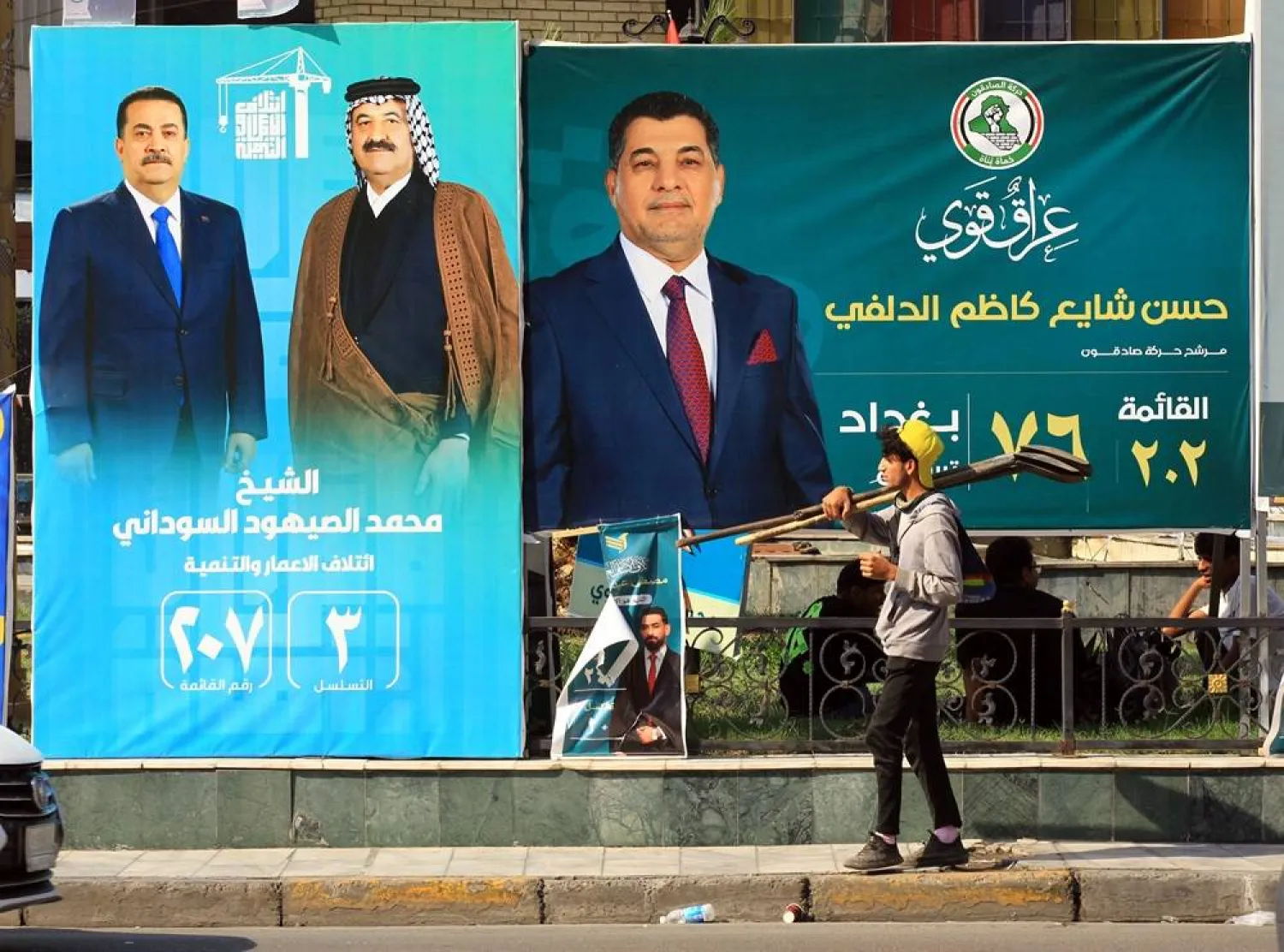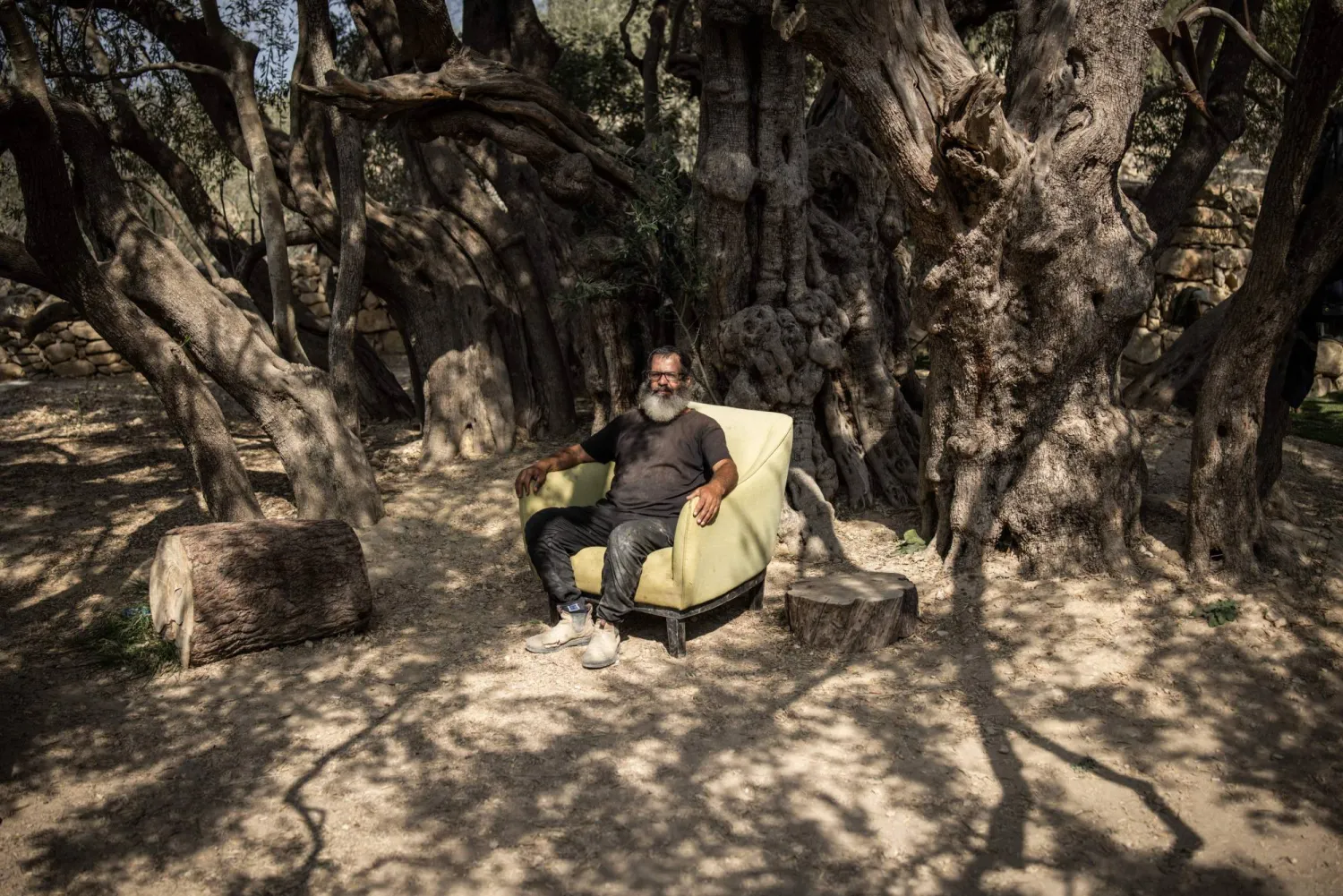After undergoing emergency surgery to implant a pacemaker, Israeli Prime Minister Benjamin Netanyahu, 73, made a video appearance from a hospital near Tel Aviv. Wearing a crisp dark suit, he grinned and declared energetically that he felt "great, as you can see."
But the Sunday photo-op failed to reassure Israelis, who were shocked to learn the same day that their longest-serving prime minister had concealed a long-known heart problem. The admission was a stark contrast to the image of a fully healthy, energetic leader that Netanyahu has gone to great lengths to bolster.
A week after a fainting spell, Netanyahu was urgently fitted with a pacemaker to control his heartbeat. Only then did staff at the Sheba Medical Center reveal Sunday night that Netanyahu has for years experienced a condition that can cause irregular heartbeats.
Until Sunday, the cardiologists had publicly played down concerns, saying the prime minister was dehydrated and describing his heartbeat as "completely normal."
The sudden revelations about Netanyahu’s health troubles came at the height of mass protests against his contentious plan to limit judicial power, with legislators from the governing coalition voting a first key bill into law on Monday.
The news about a chronic heart problem — offered up in a seemingly backhanded way — stoked further anger and distrust at a time of extreme political polarization in Israel.
"The factory of lies surrounding Prime Minister Benjamin Netanyahu’s hospitalization continued like an episode of a sitcom," Yossi Verter, a political writer for Israel’s left-leaning daily Haaretz, wrote on Monday. The health crisis, he added, "illustrates more than anything the culture of deceit in which Netanyahu, his ministers and advisers run the country."
Because illnesses can damage a ruler's carefully maintained veneer of invincibility, strongmen around the world often obfuscate their medical history.
But democratic countries, too, have misrepresented the health of their leaders.
Netanyahu’s close ally, former US President Donald Trump, provided a highly sanitized account of his own health – never releasing full details of his medical history before he became president, and limiting information about his COVID-19 diagnosis in 2020. He announced his diagnosis by tweet, but his chief of staff, Mark Meadows, later recounted in a book that Trump tested positive for the virus days before and nevertheless continued with his public schedule and private meetings — a claim the former president has denied.
When Trump was hospitalized to receive an experimental anti-viral treatment, his doctor provided a rosy view of his health, but just minutes later, Meadows told reporters that Trump’s condition was far graver. Officials involved with his care now say Trump came within hours of potentially dying from the virus.
In Israel, the emergency pacemaker surgery marked the latest twist for Netanyahu, who is currently fighting a litany of bribery, fraud and breach of trust charges — a case that has driven Israelis to exhaustion with five elections in four years.
Fueling longstanding accusations that Netanyahu and his wife, Sara, are out of touch with ordinary Israelis, Israeli media reported Monday that his pacemaker cost five times more than a typical model and was not covered by health insurance, citing Medtronic, the manufacturer.
But worrying critics most has been the hospital’s contradictory assessments of Netanyahu’s health and a wider lack of government transparency.
"You can’t ask for public trust if you don’t tell the public the whole picture, and it’s especially important when you talk about a leader’s medical condition," said Tehilla Shwartz Altshuler, a senior fellow at the Israel Democracy Institute, a Jerusalem think tank.
Netanyahu's health saga started last week, after a scorching day spent on a boat in the Sea of Galilee with his family. On Saturday, July 15, Netanyahu was admitted to Sheba hospital after feeling mild dizziness.
The next day, he underwent heart tests, which the prime minister’s office said had all come back clear. Dr. Amit Segev, the director of the hospitals’ cardiology unit, said Netanyahu was fitted with a heart monitor as a purely routine measure "to continue regular monitoring."
"His heart is completely normal, without any evidence (to the contrary)," Segev announced that Sunday.
But a full week later, last Saturday, Netanyahu was rushed to the hospital for sudden surgery to receive a pacemaker.
In a video statement, Dr. Eyal Nof said that the heart monitor had sounded an alert late Saturday after detecting a condition called heart block. The electrical signals that trigger a heartbeat begin in the top of the heart, but during heart block they have trouble reaching the heart's pumping chambers at the bottom. Slow heartbeats, skipped beats and fainting are symptoms. A pacemaker usually controls the disorder but untreated cases can lead to cardiac arrest.
The doctors' delayed acknowledgment of Netanyahu's condition sparked intense public criticism. Sheba Medical Center declined to comment on the mixed messages. A person familiar with Netanyahu’s treatment, speaking on condition of anonymity because he was not authorized to brief the media, said the hospital was under "strict orders" not to disclose Netanyahu’s condition last week.
"This is a disaster: The doctors knew about his medical condition and lied to the people," said Eliad Shraga, Chairman of the Movement for Quality Governance in Israel, a civil society group. "If he is not in fit and proper condition maybe he is not fit to run a nation in such a crisis."
Netanyahu has not commented on his condition beyond his two upbeat videos released from the hospital, in which he declared feeling "excellent" and ready to carry out business as usual.
In the face of mounting political crises, Netanyahu has carefully crafted an appearance of omnipotence, campaigning on his insistence that only he is capable of leading the tiny country. During his 15 years in power, his good health has largely gone unquestioned. His father, Benzion, died at the age of 102, lending weight to his family’s claims of vigorous health and vitality.
News of Netanyahu’s ailments could jeopardize the personal charisma that has been so critical to his political staying power, experts say.
"He feels that he’s above the law and above nature," said Altshuler.
Netanyahu appeared shaky at times during the legislative sessions on Monday just hours after his release from the hospital, his eyes sunken, but he soldiered on.
Although Israeli government protocol requires that prime ministers release annual medical reports, Netanyahu has not published one since 2016. That report declared his lab tests "completely normal" and his overall health "excellent," only mentioning that a polyp had been removed from his large intestine. In 2018, Netanyahu was briefly hospitalized after suffering from a fever.
Because the protocol is legally unenforceable, Netanyahu has had few other recorded health scares. But last October, he was rushed to a hospital for examination after feeling pains in his chest during his election campaign. He went jogging in a park the next morning, a display of physical fitness made for the cameras.
Ahead of the vote on the first major law to overhaul Israel’s justice system, protesters thronged the Israeli parliament building. Shraga, the good governance advocate, had to shout to be heard over the deafening chants of "De-mo-cra-tia!" — Hebrew for democracy.
"Without transparency, everything is at risk," he said.









